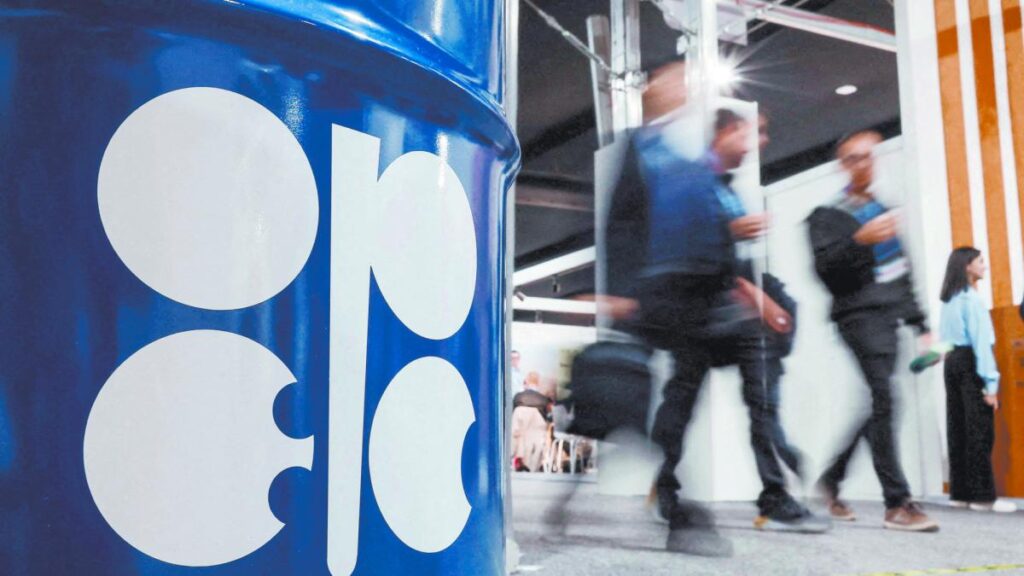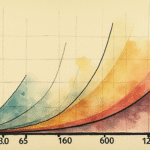Background on OPEC+
OPEC+, a coalition of 10 oil-producing nations outside the Organization of the Petroleum Exporting Countries (OPEC), including Russia and Kazakhstan, has been a significant force in the global oil market for years. Historically, OPEC+ has coordinated production cuts to support crude oil prices. However, in 2021, they began phasing out these cuts as the market recovered from the COVID-19 pandemic.
Recent Production Increase
On Sunday, OPEC+ agreed to raise oil production by 547,000 barrels per day (bpd) for September. This increase is part of a series of accelerated production hikes aimed at regaining market share amid growing concerns about potential supply disruptions linked to Russia.
The production boost effectively cancels out the largest portion of OPEC+ production cuts and adds a separate increase of about 2.4% of global demand, equivalent to approximately 2.5 million bpd from the United Arab Emirates.
Geopolitical Context
Eight OPEC+ members held a brief virtual meeting amidst increasing pressure from the United States on India to halt Russian oil purchases. This pressure is part of Washington’s efforts to bring Moscow to the negotiating table for a peace agreement with Ukraine, with President Donald Trump hoping for progress by August 8.
Reasons Behind the Production Increase
In a statement following the meeting, OPEC+ cited robust economic conditions and low inventory levels as reasons for their decision.
Oil prices have remained elevated despite the production increase, with Brent crude trading at $70 per barrel on Friday. This price is well above the April 2023 low of around $58, supported in part by seasonal demand growth.
“The strength of oil prices around $70 instills OPEC+ with confidence in market fundamentals,” said Amrita Sen, co-founder of Energy Aspects. “The market structure also indicates a tightness in inventories.”
Future Meetings and Potential Adjustments
The eight countries are expected to reconvene on September 7, where they may consider restoring another level of production cuts totaling 1.65 million bpd, according to two OPEC+ sources after the Sunday meeting. These cuts are currently in effect until the end of next year.
Impact on Global Oil Market
OPEC+ produces nearly half of the world’s oil. The group’s recent shift from production cuts to increases aims to regain market share, partly driven by President Trump’s calls for OPEC to boost production. Since April, OPEC+ has increased production in stages: 138,000 bpd in April, followed by larger-than-expected increases of 411,000 bpd in May, June, and July, then 548,000 bpd in August, and now 547,000 bpd for September.
Key Questions and Answers
- What is OPEC+? OPEC+ is a coalition of 10 oil-producing nations outside the Organization of the Petroleum Exporting Countries (OPEC), including Russia and Kazakhstan.
- Why did OPEC+ increase oil production? OPEC+ agreed to raise oil production by 547,000 barrels per day for September as part of a series of accelerated production hikes to regain market share amidst growing concerns about potential supply disruptions linked to Russia.
- What are the geopolitical implications of this decision? The production increase comes amidst increasing pressure from the United States on India to halt Russian oil purchases, reflecting broader geopolitical tensions surrounding the war in Ukraine.
- How have oil prices reacted to the production increase? Despite the production hike, oil prices have remained elevated, with Brent crude trading at $70 per barrel on Friday, well above the April 2023 low of around $58.
- What might happen at the next OPEC+ meeting? The eight countries are expected to reconvene on September 7, where they may consider restoring another level of production cuts totaling 1.65 million bpd.






